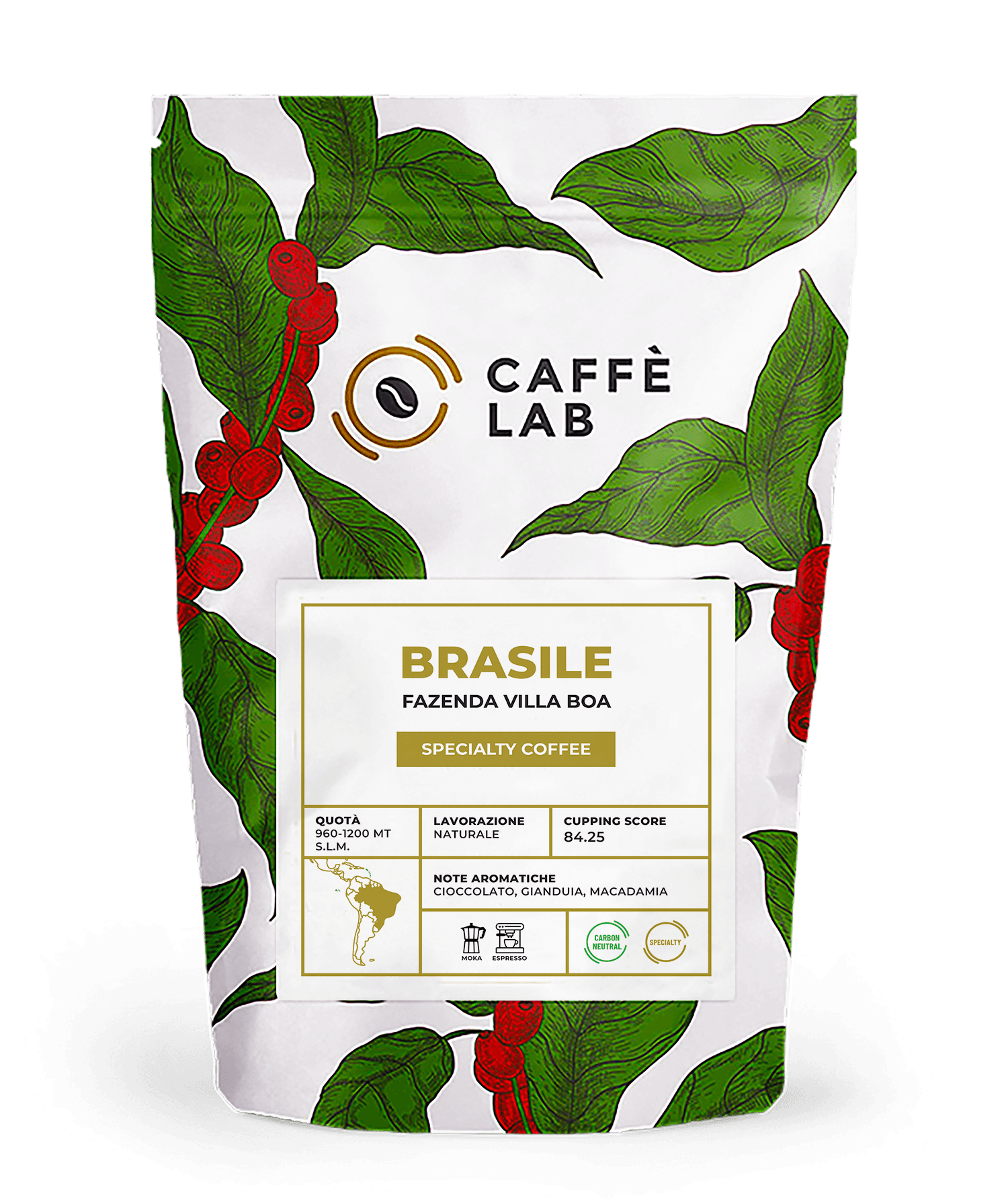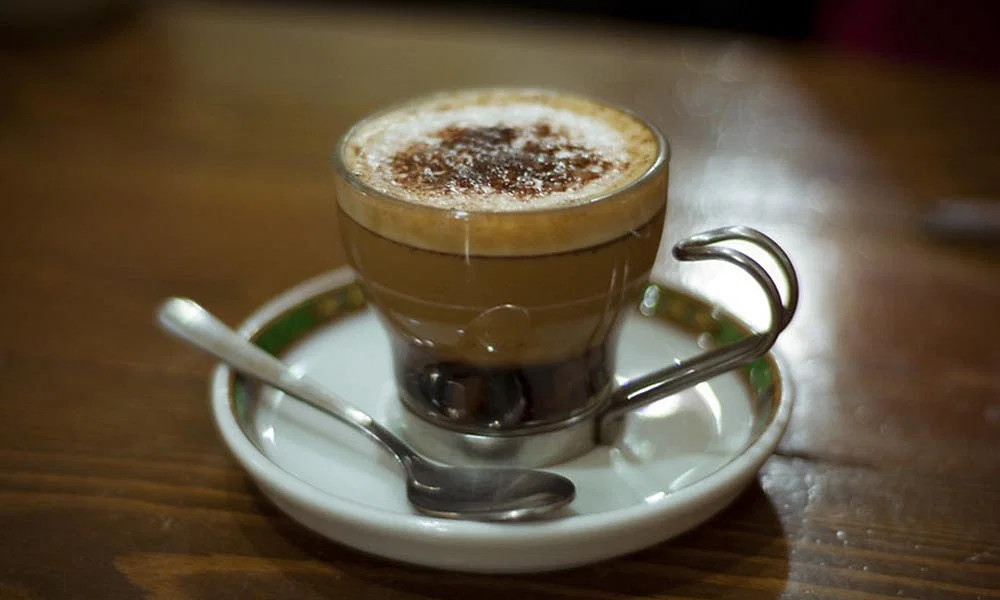
Brazil
Fazenda Villa Boa


One of the most beloved coffee shop drinks in recent years across Italy, from the North to the South, is undoubtedly the Marocchino. Indulgent, elegant, and versatile, this beverage strikes a perfect balance between the strength of espresso, the softness of frothed milk, and the rich aroma of cocoa. Typically served in a small glass that highlights its layers and warm, inviting colour, the Marocchino has become a staple for mid-morning breaks and leisurely afternoons.
The Marocchino is typically served in a small 70–80 ml glass and is made up of three key elements: a base of unsweetened cocoa, a strong espresso made from quality coffee blends, and a thin layer of frothed milk—similar to that of a cappuccino, but in smaller quantity. The drink is then finished with another dusting of cocoa powder on top.
The result is a creamy, well-balanced coffee with an eye-catching appearance. Its visual appeal, thanks to the layering of ingredients and the contrast between the coffee, milk, and cocoa, is one reason why it’s become a social media favourite and a star of carefully curated coffee shop menus.

Despite what the name might suggest, the Marocchino has no connection to Morocco. Its roots are entirely Italian, dating back to the 1950s in the city of Alessandria, in the Piedmont region. The story goes that it was first served at Bar Carpano, located just across from the renowned Borsalino hat factory.
Legend has it that the factory owner, upon seeing an espresso with a dusting of cocoa served in a glass, exclaimed, “It looks like a marocchino!”, referring to the dark brown leather used inside the lining of their hats. That offhand comment gave birth to the name of what would become an iconic drink in Italian coffee culture.
The Marocchino is the latest in a long line of Piedmontese drinks blending coffee and chocolate. Before it came the famous Bicerin, born in 18th-century Turin, itself a descendant of the older “bavareisa”—a drink enjoyed by aristocrats, made from coffee, hot chocolate, and cream.
The Bicerin, still served in transparent glasses to this day, is a richer, sweeter, and more indulgent drink than the Marocchino. By contrast, the Marocchino is a leaner, more focused version, ideal for a quick break with a stronger coffee profile. It represents the perfect meeting point between Turin’s coffee tradition and modern preferences for elegance and visual simplicity.
Crafting a Marocchino requires care and precision, especially to achieve the correct layering and a velvety foam. Here’s the most traditional method:
The quality of the ingredients is essential: a well-pulled espresso ideally from specialty beans—high-grade cocoa, and well-frothed milk truly make all the difference.
Like many Italian recipes, the Marocchino has inspired numerous regional variants, often going by different names. In Puglia, for instance, it’s known as “Espressino”, while in Campania it’s sometimes called “Vetrino”, in reference to the clear glass it’s served in.
Variations include not only names, but ingredients and methods too. Some bars replace the cocoa with actual hot chocolate; others enrich the bottom layer with flavoured creams—hazelnut, pistachio, vanilla, or caramel. In more inventive takes, the milk is frothed cold or swapped for whipped cream, transforming the Marocchino into a true dessert.
These reinterpretations allow cafés to personalise their offerings with gourmet or seasonal versions that appeal to a broader clientele, particularly during quieter times of day.
The Marocchino is often compared to the Mocha, one of the most popular coffee drinks in the English-speaking world. While they share similar ingredients, there are key differences:
In short, the Marocchino is the Italian counterpart to the Mocha: smaller, more intense, and undeniably more refined.
The charm of the Marocchino lies in its ability to deliver a multisensory experience in a compact format. It’s the perfect choice for those who:
Thanks to the endless possibilities for personalisation with toppings, creams, and regional twists, the Marocchino is a dynamic drink that suits many tastes and moments.
The Marocchino is much more than just another espresso variation—it’s a little liquid masterpiece, blending tradition and creativity, flavour and aesthetics, boldness and softness. With its roots in Piedmont, its visual appeal, and its versatile recipe, it remains one of the most loved and reinterpreted drinks in modern Italian coffee culture.
Next time you’re at a café, try ordering a Marocchino and let yourself be surprised by this small but delightful Italian gem.